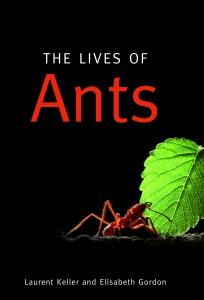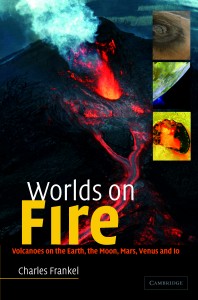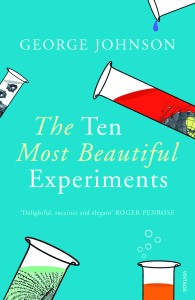THURSDAY, 1 OCTOBER 2009
They are easily stepped on, robotic and seemingly forever busy. In The Lives of Ants, evolutionary biologist Laurent Keller and science writer Elisabeth Gordon team up to show us that there is more to these tireless workers than simply being highly cooperative earth and food movers.The book manages to present fascinating yet obscure morsels of information on almost every page, and it is the lesser-known facts held by myrmecologists (ant specialists) that make this compact book worth reading. Even a cursory browse will allow you to discover that weaver ants use dances and squeaks to exchange messages, and that Bahamian ants link together to form floating rafts to help them survive floods.
With a constant emphasis on the similarities between ant and human societies, the book aptly closes with a section on how research into ant behaviour has found applications in everything from designing communication networks to sending tiny robots to Mars.
Delivered in highly readable bite-sized chapters the pair successfully navigates through the science of ant biology to present an accessible piece of writing. With variety to entertain and inspire an audience ranging from the casual naturalist to the impressionable young entomologist, this little gem gets a solid recommendation for your coffee table. Amy Zhang
Worlds on Fire - Charles Frankel
“Grab your spacesuit and your helmet and bon voyage!”Worlds on Fire starts with an exploration of volcanism on earth, delving into topics for both non-specialists and students of earth and planetary sciences. But beyond this, the book takes a unique turn, guiding the reader on field trips to landmark volcanoes throughout the solar system.
Frankel provides basic geological information about each volcano. He suggests when, where and how to visit volcanoes such as Etna in Sicily or even Sapas Mons on Venus, “an essential, albeit difficult destination for the serious volcano lover”. This exploration of what volcanoes on other planets would be like to visit and the challenges of studying them, makes the book stand out from more conventional textbooks.
Although the level of technical information is perhaps not enough to satisfy the specialist reader, this is an engaging, clearly written, accessible book, which is recommended whether you want to learn more about geological processes or just generally appreciate the range of volcanoes in our solar system. It is easy to dip in and out of the various chapters and it avoids the clichéd ‘textbook feel’ with its imaginative approach to the subject. Djuke Veldhuis
The Ten Most Beautiful Experiments - George Johnson
A delightful read that will stimulate the scientist inside everyone. Science in the modern era has become industrialised, but this book showcases the brilliance of individuals whose clear and simple experiments continue to impact the science of today. The book begins with Galileo’s formulation of the ‘Time Square Law’ and continues by tracing the discoveries of Newton, Harvey, Lavoisier and Galvani. Their rigorous methods of observation and analysis are wonderfully described; the experiments are the protagonist in these first five chapters.
Despite the jarring intrusion of personal details in the discussion of Faradays work on electromagnetism, the remaining sections on Joule, Pavlov, Michelson and Millikan maintain the same lucid tone as the first five. Chapters are short, succinct and keep the reader’s attention throughout. The author conveys what he set out to do, by showing how, using simple tabletop apparatus, logical reasoning and dogged perseverance, these great minds discovered the hidden laws of nature. Swetha Suresh



